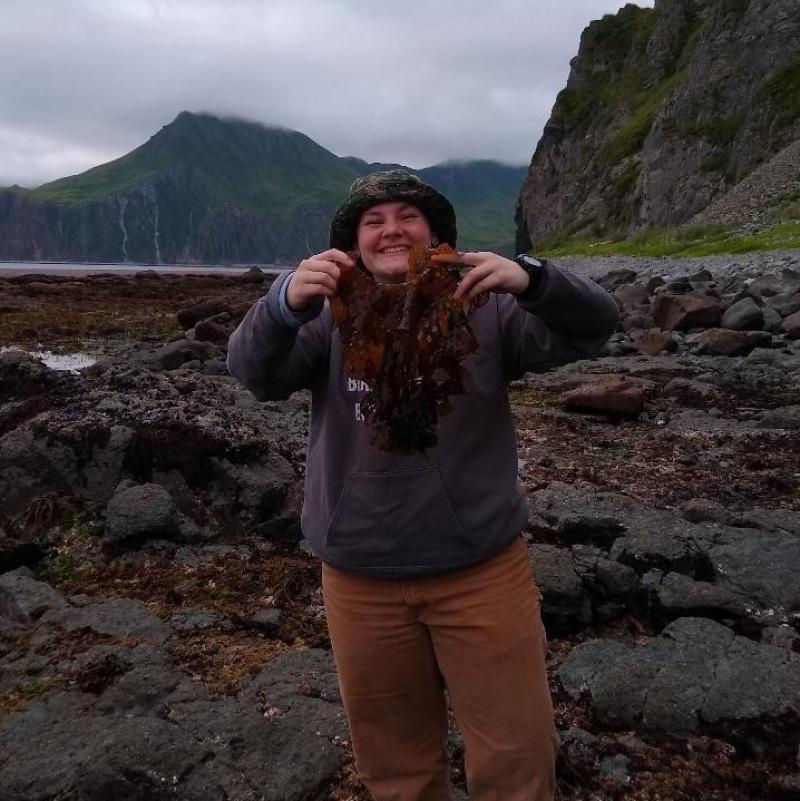Day 15
About two weeks into a contract is when I start to feel more settled into a vessel. This contract was no different.
I had established a good routine with my sampling and data entry. This always takes a few days to get back into after some time off. I was able to figure out other people’s routines, which is important to ensure things run smoothly. For instance, I always learn the schedules of the people I share the bathroom with. It’s also a good idea to learn people’s routines so I can find time to use the computer. On this boat, I use a computer in the wheelhouse to put in data. So, I share the space with the captain and mate (in my experience typically not an issue), and I want to be considerate of their needs.
By week two, I have learned all the names of the guys I interact with every day. I know this seems like a long time, and YES, they do all usually tell me their names on day one. But, that first day is all a blur. If I even remember one worker’s name from that day, I am lucky. Most guys have their nicknames written on their rain gear. This is helpful for the first few days of interaction.
We headed back to town after a short, but very cold first fishing trip. I want to preface this by saying winter is my favorite season and I love the cold. I spent four blizzard filled winters in Maine and couldn’t have been happier. BUT winter on the Bering Sea is a little different. For those of you wondering how cold it is - the tip of my pencil froze from sea spray during sampling. I was standing on approximately 3 inches of ice on deck for a few days as I watched them bring fish on board. The grating in the factory had a layer of ice on it – to the point where you could slide on your knees like a rockstar and not get hurt.
This being said, I never felt unsafe or in danger. The cold is something we are warned about from day one of training and something you can learn to work through.
There are three major types of cold here:
- A dry cold (where the temperature is just low)
- A wet cold (where the weather is bad and you’re getting snowed or rained on but the temperature isn’t as low)
- The windy cold (where the cold winds are coming at you from the north and chilling you to the bone)
Take your pick–everyday is a roll of the dice. Sometimes, if you’re lucky, you get a dose of all three when you have to be standing outside for an hour or more.
This cold was making our two week trip feel long and I was thankful to be headed to the dock.
I am hoping to see some sunshine.
As we pulled up to the dock, the sun wasn't shining (sadly). However, our Field Coordinator was waiting at the dock. She had all my baggage that hadn’t made it on my flight! I was so thankful for this because having your own things makes a difference out here, especially all my extra thermal layers. I love being able to climb into my tie dyed sheets with my camping pillow and my own sleeping bag after having showered with my shampoo and conditioner and lotion. My bunk on these boats is my sanctuary and happy place. It’s a place that is truly your own on a boat. Having my own bunk is one of the little things that makes being out here for so long not as difficult.



